Peggy Antonio was born in Port in 1917. Her father, Francis Antonio, died when she was 15 months old. He was a Chilean docker of French and Spanish parentage.
She learned to play cricket with boys in the streets around her Port Melbourne home. In 1930 after completing a shorthand and typing course, she got a job making boxes in Raymond’s shoe…
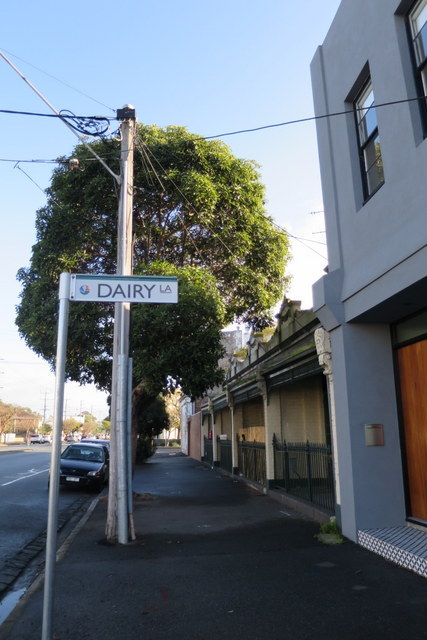
Helen Barry writes:
"My father’s family dairy was at 68 Ingles Street, Port Melbourne from about 1931 to 1972. The property consisted of a two-storey dwelling with a milk bar in the front where Dad’s mother Nellie Barry and sister Bernice sold milk into jugs customers brought with them. The dairy was at the rear of the long lane that separates…
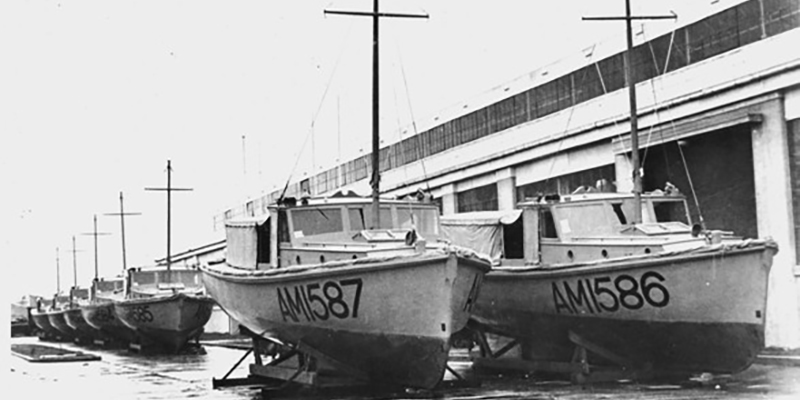
Geoff Deed, who grew up at 41 Nott Street, offers this story from his boyhood in the fifties:
'There was a family called Fletcher that lived in Rouse St - just the mother and the son. His name was Jeffrey - with a 'J'. There was no father. (Maybe he was killed in the war?)
Through the window of their place you could…
Judi Groves (Rose) writes about her grandfather ‘R.T.' Rose (Roland Thomas)
My grandfather – or ‘R.T.’ as he was commonly known – owned the licensed grocer at 168 Ross Street.
He was born in Brunswick in March 1893 and signed up for World War 1 in July 1915. At the time he was a carpenter living at 105 Graham St. He served on…
'I think that there’s a whole lot of symbolism—iconography even—about what a lighthouse means and we use that as a metaphor in all sorts of language: beacon, lighthouse, navigation aid and so forth.' Peter Marquis-Kyle, Heritage Architect
The Port Melbourne Leading Lights were built in 1924, and in conjunction guided ships by marking the centre of the Port Melbourne Channel from…
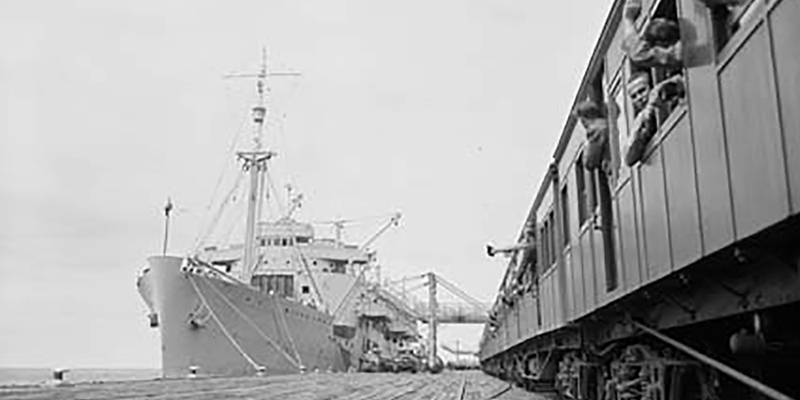
Princes Pier, Port Melbourne was the point of arrival for the first refugees to Victoria after the Second World War
Arthur Calwell was Australia's first Minister for Immigration in the Chifley government. He drove the policy and its implementation. The sense of urgency is conveyed in this speech:
'without immigration the future of the Australia we know will be both uneasy and brief. As a…
The photograph in the window of the Photo Shop on Bay St records the visit of the 'Empire Cruise' to Melbourne in March 1924. Here is the photograph in the Museum Victoria Collection Reg. No: MM 111120 - but the image is reversed. Which is correct?
From 27 November 1923 to 28 September 1924, a fleet of six warships led by the flagship 'Hood'…
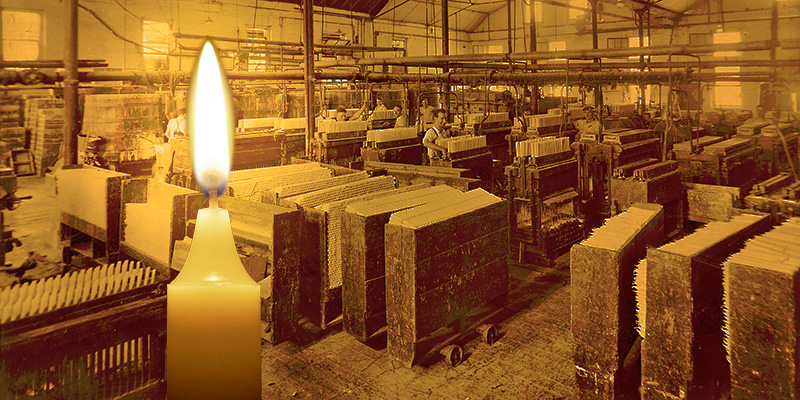
From the Collection - items from the J. Kitchen and Son collection
Following the sale of Symex's Port Melbourne operation and their relocation to Shepparton, records and items from their museum were donated to PMHPS. The Society is delighted that a collection so important to the industrial history of Port Melbourne will be retained within the suburb where the company operated for…
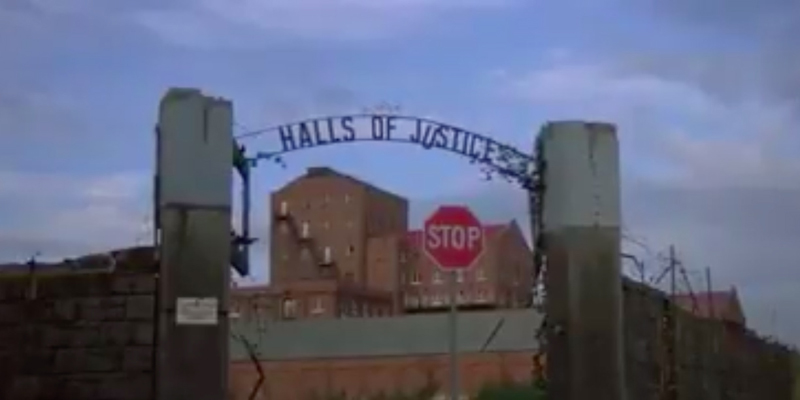
Still from Mad Max (1979) showing the Halls of Justice gateway.
The recent release of Mad Max: Fury Road has us thinking back to 1979 when director, George Miller started the franchise with the film Mad Max.
That original film, telling the story of Main Force Patrol (MFP) policeman Max Rockatansky (Mel Gibson) battling against a violent motorcycle gang, was made on a…
IRVINE, a house at 42 Beach Street, was built in 1922 for Eli and Christina Edwards. 'Only best quality material' was used in the construction of the house which was carefully chosen with a clear view of Station Pier, Williamstown and the Port Melbourne Yacht Club. Eli, better known as Dick, was a farrier and a great yachtsman.
IRVINE at 42 Beach…
